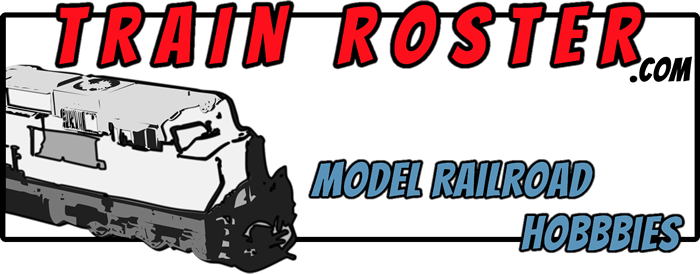Quickly calculate track grades with Trainroster’s Free Online Model Railroad Grade Calculator. This free tool helps you calculate precise grades, ensuring smooth and reliable performance for your model railroad layout. It supports both imperial and metric measurements, making it perfect for hobbyists worldwide. Whether you are designing a small section or an entire layout, this calculator helps improve your layout’s operation while preventing derailments and uneven movement. Check out the NMRA Standards page for more information.
Railroad Grade Calculator
Free Online Grade Calculator for Track Design

Weight can be a major factor. Make sure your your rolling stock weight is correct with our Free Model Railroad Rolling Stock Weight Calculator
2% Grade: Ideal for most layouts; provides a good balance between smooth operation and realistic performance without operational issues..
3% Grade: Challenging but manageable; may cause slower speeds, uneven train movement, and minor operational inconsistencies.
4% Grade: Steep grade; could result in slower speeds, occasional derailments, and increased wear on locomotives and rolling stock.
5% Grade: Very steep; may lead to significant operational problems, including derailments, uneven movement, and motor strain.
Model Railroad Grade Transitions
A track grade transition happens when the slope of the track changes, such as when moving from flat to an incline or decline. These transitions are crucial for smooth train operation. If the transition is too abrupt, it can cause derailments or stalling. A smooth transition ensures the train can handle the slope change without issues, leading to better performance and reliability on your layout.
Planning Your Model Railroad Grades
When planning your model railroad grades, consider the types of locomotives and rolling stock you’ll be using. Gentler grades are ideal for most trains, but steeper inclines can result in operational problems and increased wear.
Avoid Common Track Grade Installation Issues
The most typical technical installation errors modelers make with track grades include improper grade angles, sharp transitions, and inadequate track support. A common mistake is creating grades that are too steep, which can cause trains to stall or derail. Sharp transitions between flat and inclined track can lead to sudden changes in momentum, increasing the risk of derailments. Additionally, poor track support can lead to dips or bumps, affecting smooth operation. To avoid these issues, ensure that grades are gradual, transitions are smooth, and track is securely supported to maintain reliable train movement.
